|
|
Post by charot on Aug 8, 2018 3:14:11 GMT -5
The current Money Fall contest has already started on August 6, 2018 and will end on August 10, 2018. You can register for the next competition which will take place from August 13, 2018 to August 17, 2018 Note: Registration for the next competition finishes 1 hour before the contest starts.  |
|
|
|
Post by palmfxmart on Aug 10, 2018 1:14:53 GMT -5
UK GDP Outlook for Q2 Expected to Double Q1’s Rate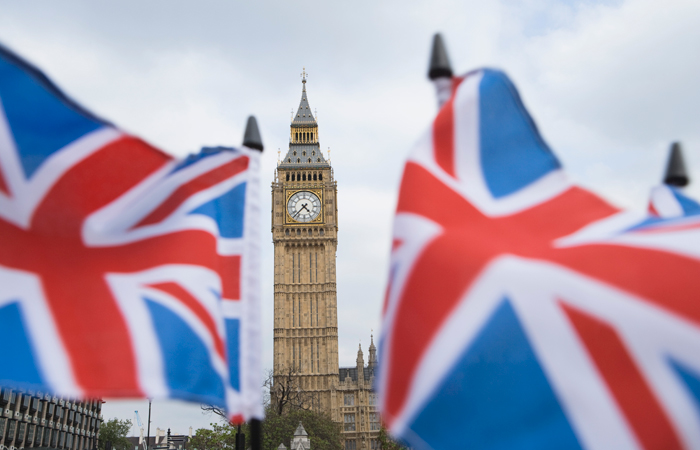 The Gross Domestic Product (GDP) growth rate of the United Kingdom for the April- June quarter is predicted to double the Q1’s rate with an increase of 0.4 percent. The report is scheduled to be released on Friday, August 10 at 8:30 GMT by the Office for National Statistics. Compared last year, the UK GDP for the second quarter is projected to grow by 1.3 which is higher than the 1.2 percent growth rate in the first quarter of 2018. The recovery of Britain’s GDP rate to an increasing momentum from the near-zero level combined with the recent reports of the EU in settling the Brexit deal for the UK Prime Minister Theresa May are both intended to cool down the selling pressure of the GBP after its decline to 1.2841 yesterday. Moreover, the overall development is expected and the British economy sustained its position well below the average growth rate outlook for major advanced countries, considering that Brexit risks affect the expenditure and business investment decisions. The initial forecast of the National Institute of Economic and Social Research (NIESR) for the UK GDP was issued and showed that the research institute’s GDP Tracker indicates an expansion of 0.4 percent in Q2 of this year and 0.5 percent in Q3. The policymakers of the Bank of England also shows optimism towards the UK, stating that growth would likely remain discreet based on its historical standards but relatively higher than the beginning of this year.
|
|
|
|
Post by palmfxmart on Aug 14, 2018 1:55:47 GMT -5
US Economy Rose to 3.1 pc: CBO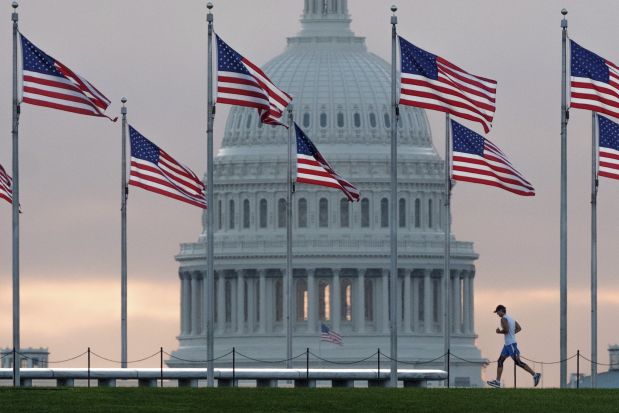 ![]() The American economy is expected to boost by 3.1 percent this year due to increase in government expenditure and tax reductions supported the growth, according to the Congressional Budget Office yesterday. However, the strong expansion may slow down earlier in 2019 considering that the United States may weaken as temporary government policies may elapse based on CBO’s report. Moreover, the Congressional Budget Office predicted showed that the economic growth will decline to 2.4 percent next year and 1.7 percent in 2020, hovering above that level on the following decade. In case that CBO’s figures coincided with the results, the US economy would likely leap to 3.1 percent this year versus 2.6 percent last year. The mentioned numbers indicate a significant development amid the impact of the Great Recession, with a slackening annual growth rate of 2.2 percent.
|
|
|
|
Post by palmfxmart on Aug 15, 2018 2:05:42 GMT -5
Strong Dollar Curbs Inflation, Drop in U.S import prices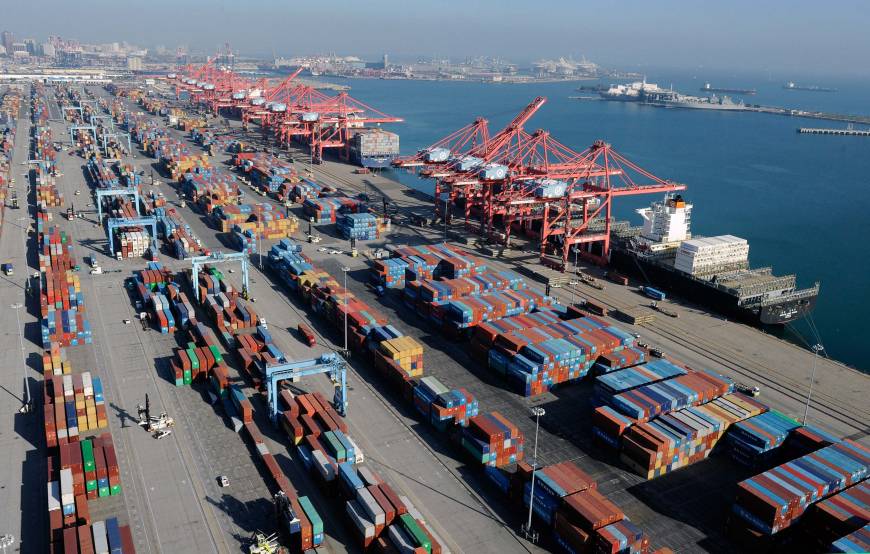 Import costs of the U.S. were kept the same in July with the surge of fuel costs that balanced out weak prices on other aspects, implying keeping an eye to inflation due to a strong dollar. The flat reading of import prices revised upwardly to 0.1 percent decline in June as reported by the Labor Department on Tuesday. A decline of import prices by 0.4 percent in June. Reuters survey of economists is an increase of 0.1 percent in July. Twelve months after, import price grew to 4.8 percent, the highest gain since February 2012, following a rise of 4.7 percent in June. In the previous month, imported fuels and lubricants rose by 1.6 percent from 1.3 percent increase in June. On the other hand, food costs decline by 1.8 percent from 2.6 drop in June. As for imports prices, excluding fuels and foods, it slid down by 0.1 percent in July after a drop of 0.2 percent last month. Core import prices grew by 1.6 percent in 1 year from July. The dollar grew 0.5 percent compared to other main trading partners in July and further strengthen by 4 percent on a trade-weighted basis this year, which could affect the expected increase of import goods prices in the background of tension between global major economies and America. Tariffs on steel and aluminum imposed by the Trump administration to protect the domestic business that was seen to be performing unevenly to the foreign competitors. Consequently, their major trading partners such as the E.U., China, Canada, and Mexico responded the same way with their tariffs.
|
|
|
|
Post by instaforexgertrude on Aug 17, 2018 1:32:18 GMT -5
Turkey’s Albayrak Reins Capital Control as Policy Option Treasury and Finance Minister Berat Albayrak of Turkey had excluded controls on capital movement as an option to the policy and urges to strengthen confidence amid conference call held yesterday. The finance minister further stated that the main priorities were the restriction in inflation and contracting the current-account deficit. The remarks of Albayrak hinted for the economy chief’s thoughts of a dispute against the United States with regards the American pastor detention that displeased financial markets. The lira weakened a quarter of its value within a few weeks as the United States sanctioned the government staffs of President Recep Tayyip Erdogan, however, it was able to cut down some losses as the central bank and banking regulators caused higher value in betting the currency. The Turkish lira was able to grow and currently trades strongly by 3.1 percent at 5.7660 per dollar at 4:46 pm in Istanbul. As Albayrak talked about inflation and mentioned that the central bank itself could not control the price hikes in its target level with the absence of fiscal policy. The economic growth is temporarily steady at 7.4 percent growth in the medium term recorded last year.
|
|
|
|
Post by palmfxmart on Aug 20, 2018 2:10:26 GMT -5
Business Confidence in UK Decline due to Brexit Uncertainty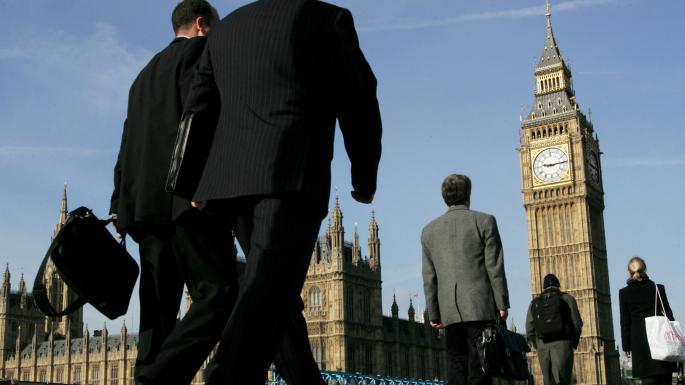 The survey issued on Monday showed the lowest decline of business leaders’ confidence towards the UK economy due to the risky effects of the Brexit agreement. Britain is expected to the leave the European Union in less than eight months, however, the government has not yet settled its exit with Brussels and proceeded to plan for the possible failure to come up with an official agreement. The Institute for Directors (IoD) employers group polled 750 executive leaders and found out that the major trading concern is the uncertainty within the European Union. When asked about the leader's optimism about the expanding economy for next year, the majority of them were pessimistic which resulted the confidence level to reach -16 percent versus -11 percent in June and lower than the positive 3 percent rating in April. According to the IoD, there was 44 percent of the participants mentioned the uncertainty towards EU’s trading condition which they believe will have an unfavorable impact on their companies. The poll was made on July 11-26 which indicates that respondents had a positive outlook on their own businesses, with a net optimistic forecast of 37 percent but further showed a decline from 46 percent in June.
|
|
|
|
Post by palmfxmart on Aug 22, 2018 1:49:36 GMT -5
Japan’s Easing of Stimulus Program is Likely Even Before The Target Rate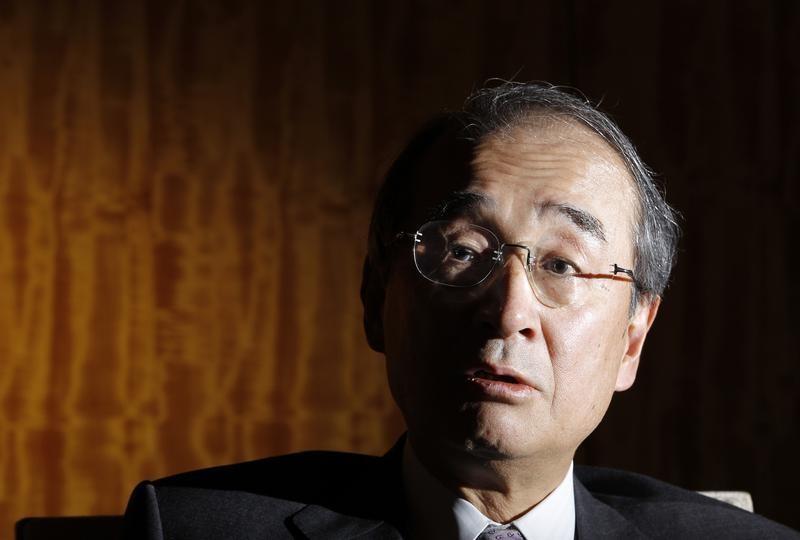 ![]() The economic growth of Japan is getting better which is expected to reduce its huge stimulus program even before reaching the 2 percent target rate as stated by a former Bank of Japan board member, Koji Ishida. Considering that Ishida was a commercial bank executive back then, he added that the action of the central bank was “long overdue”, affecting the returns of regional banks because of ultra-low rates. A very low inflation rate induced the BOJ to keep an ultra-easy policy in the past years in spite of the possible consequences of such policies, as well as its banking system. In achieving the mandate of the central bank by law, the inflation target is necessary in order to stabilize “sound economic development”, as described by Ishida during Reuters’ interview on Tuesday since exiting the central bank two years ago. Yet, the BOJ would not keep the present policy rates until the inflation target of 2 percent has been reached. Moreover, he said that the central bank will have a “flexible” monetary policy regardless of achieving the target rate. With looming concerns on very low policy rates, the BOJ allowed loosening their bond yields to be more agile in meeting the zero percent target. However, it may take some time before considering the rates for long-term not to overwhelm the market speculation but instead, they are aiming for a short-term exit from the loose monetary policy, he said. The central may not rush in curbing the yield curve as of the moment, but it is also apparent that it is possible when the market becomes steady, he added.
|
|
|
|
Post by palmfxmart on Aug 23, 2018 2:07:05 GMT -5
Japan’s Manufacturing Activity Grew Due To Domestic Demand in August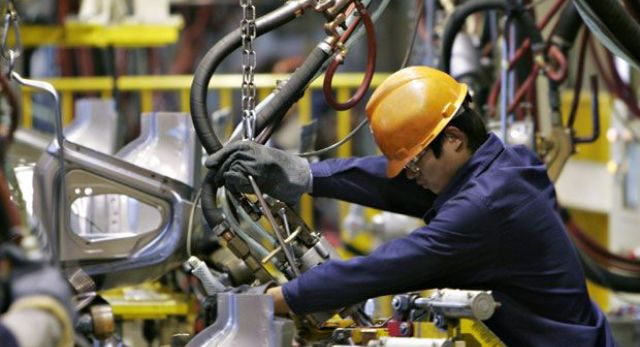 Japan’s manufacturing activity grew at a bit faster rate in August as the domestic demand increased according to a preliminary survey on Thursday. Although the export orders dropped adding to the problem with the trade protectionism. The flash Markit/Nikkei Purchasing Managers Index (PMI) on manufacturing sector increase to 52.5 on a seasonally adjusted in August compared to the 52.3 figure in July. Figures remained above the 50 mark which puts it apart from contraction for the 24th straight month. The flash data prolonged the growth cycle of Japan’s manufacturing sector for two years, which has been the longest period since the global financial crisis, as described by an economist at IHS Markit. Adding to that, he said that the expansion was supported by the strengthening domestic market with the most recent data that came out. Data shows that export orders increased to 52.6 from 50.9 last month, giving emphasis on the steadfast growth of the domestic market. However, the new export orders declined to 49.3 from a final 50.0 in July, showing a decline in two months. Real wages grew in June, which was the quickest rate over 21 years, signaling consumer spending to further rise. The economy progressed at a better rate in the second quarter, boosting a strong household and business spending and further strengthening the domestic demand. Yet, concerns on trade disputes add risk in the manufacturing sectors as it may affect the export demands.
|
|
|
|
Post by palmfxmart on Aug 28, 2018 1:49:44 GMT -5
France Advised Turkey to Use Economic Policy Tools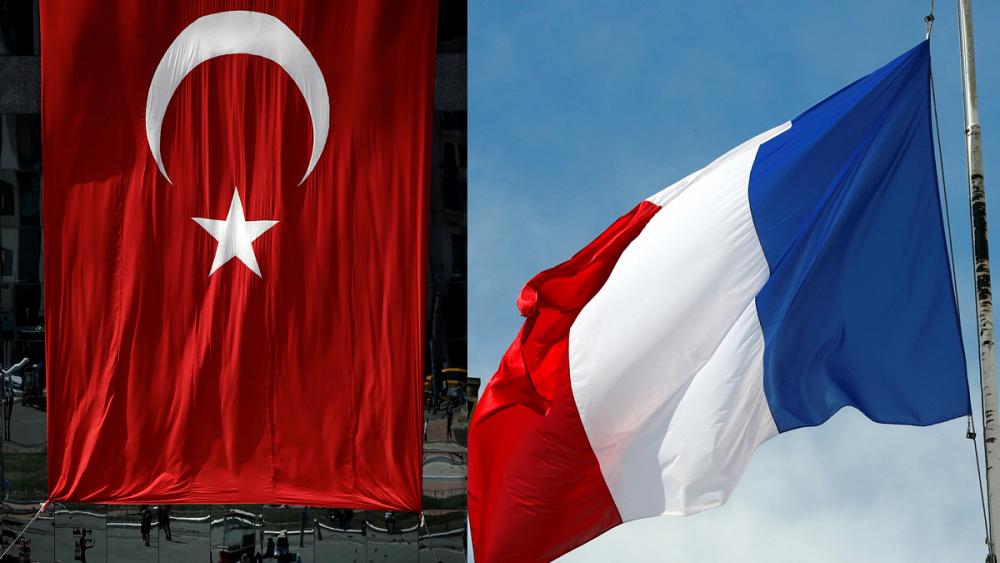 ![]() French Finance Minister Bruno Le Maire told Turkish counterpart Berat Albayrak at a meeting on Monday that Turkey should make use of their tools available for economic policy in order to establish a sustainable growth. Turkish lira had declined by almost 40 percent this year due to concerns on monetary policy as well as the issue of the Christian pastor Andrew Brunson. Moreover, Le Maire mentioned that everyone, including Europe, France, and Turkey itself, that the situation in Turkey will become stable. France further stated that Turkey is committed to structural reforms.
|
|
|
|
Post by palmfxmart on Aug 28, 2018 23:59:39 GMT -5
NZIER Revised Downward its Growth Outlook![]() The New Zealand Institute of Economic Research (NZIER) decided to reduce its economic growth outlook due to combined events of slackening population growth, the decline in business confidence and global trade war. However, the demand for residential and nonresidential construction continued to be strong and capacity constraints limit the highest extent of construction activity. Moreover, the prospect of economists and the Reserve Bank indicates that the official cash rate will remain steady until 2020. Generally, the monetary policy normalization introduced by the United States reflects for the rate increase which is required to allocate among emerging markets.
|
|
|
|
Post by palmfxmart on Aug 30, 2018 1:59:25 GMT -5
Mexico’s Central Bank Lower Growth Forecast Amid NAFTA Talks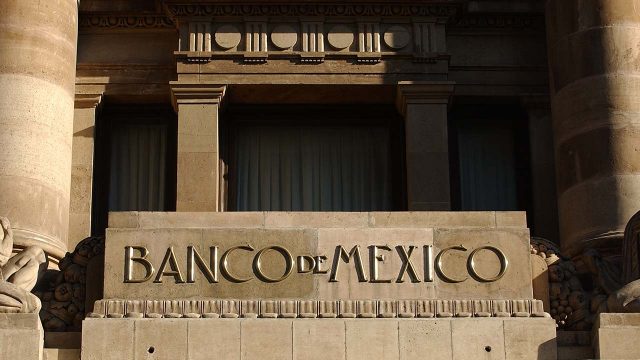 The central bank of Mexico adjusted lower their forecast for this year and the next, based on the report released on Wednesday. Although, the NAFTA trade talks could allay the uncertainty of the economy. The gross domestic product is anticipated to rise between 2.0 and 2.6 percent in 2018 compared to the previous inflation report of 2.0 to 3.0 percent, which may denote a problem in the future. Growth forecast for 2019 is around 1.8 and 2.8 percent much lower than the range of 2.2 and 3.2 percent. The fourth quarter inflation is presumed to be at 4.2 percent this year, higher than the former 3.8 percent. Other than that, the central bank raised its inflation estimates for 2018 and the next close to the 3.0 percent target in the first half of 2020. For 2019, the central bank increased the inflation estimate to 3.3 percent for the fourth quarter next year than the 3.1 percent previously. The board said that monetary policy will be adjusted and will continue to do so if the situation demands a more “firm” approach to reach the inflation target.
|
|
|
|
Post by palmfxmart on Aug 31, 2018 0:13:53 GMT -5
China’s Services PMI Rose in August From an 11-month Low ![]() The services sector in China gained momentum in August following a decline in the previous month, according to the official report on Friday. Somehow this supports the economic slowdown of the US amid the stiff tariffs of Chinese goods. The official Purchasing Managers’ Index (PMI) of the non-manufacturing sector grew to 54.2 after an 11-month low of 54.0 in the previous month, whereas higher than 50 mark divides growth from contraction. More than half of the Asian economy relies on the services sector, supported by higher spending power from increasing wages of Chinese people. The composite PMI, including the manufacturing and services activity, rose to 53.8 this month from 53.6 in the previous one. Although, it is unforeseen for the manufacturing sector in the Chinese sector in China to rise from a two-months decline while the PMI increased to 51.3 from 51.2 in July.
|
|
|
|
Post by palmfxmart on Sept 4, 2018 0:56:36 GMT -5
British Manufacturing Weaken as Export Orders Decline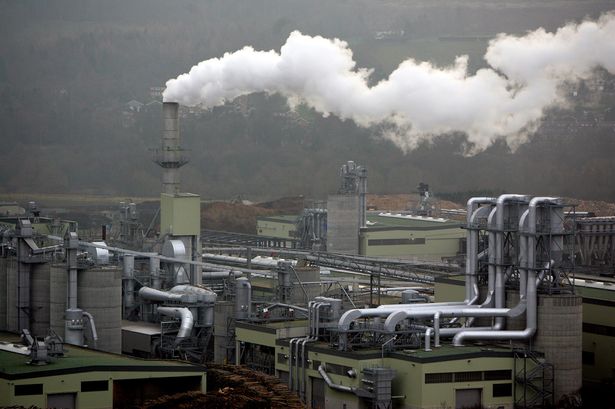 ![]() UK manufacturers had a lackluster month after a couple of years while exports had an unusual downfall in August, and these serve as a warning for the potential economic decline as the Brexit issues also affects British factories, according to a survey. The IHS Markit/CIPS UK Manufacturing Purchasing Managers’ Index (PMI) is down to its lowest level since July 2016 at 52.8 due to Brexit vote, while Reuters poll of economists showed a median estimate of 53.8. Moreover, the pound appears to be sluggish against its rivals dollar and euro after the published data, as experts also mentioned that the possible exit of the European Union in March 2019 without a finalized deal would likely reflect on the sentiment. Factory orders became unsteady in more than two years, which was greatly affected by the initial decrease in export orders since April 2016. The uncertainty in the British exit approximately in seven months supported the business confidence to reach a 22-month low.
|
|
|
|
Post by palmfxmart on Sept 7, 2018 2:03:24 GMT -5
Germany’s Growth Outlook Raises to 1.9 pc, says Ifo![]() 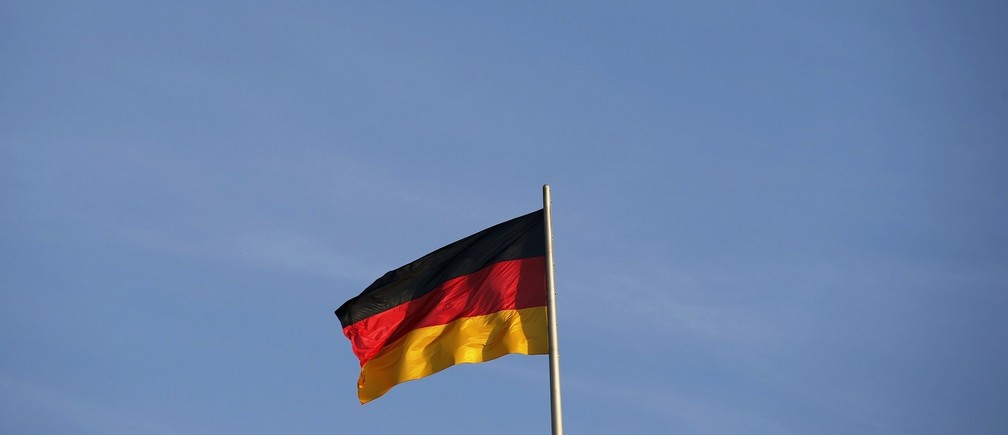 On Thursday, the Ifo economic institute announced its increased on 2018 economic growth outlook for Germany to 1.9 percent versus 1.8 percent in the previous, indicating a better-than-expected growth during the first half of the year. Ifo economist Timo Wollmershauser stated that there is an ongoing strong upswing in the German economy, which will be mainly driven by personal consumption for the current year and in 2019. He added that this will be supported by the employment expansion and stable income growth. The Ifo expects that the GDP growth rates will reach 1.9 percent next year and 1.7 percent in 2020.
|
|
|
|
Post by palmfxmart on Sept 13, 2018 21:23:15 GMT -5
Japanese Manufacturers’ Confidence Dropped in September as Trade Tension Continues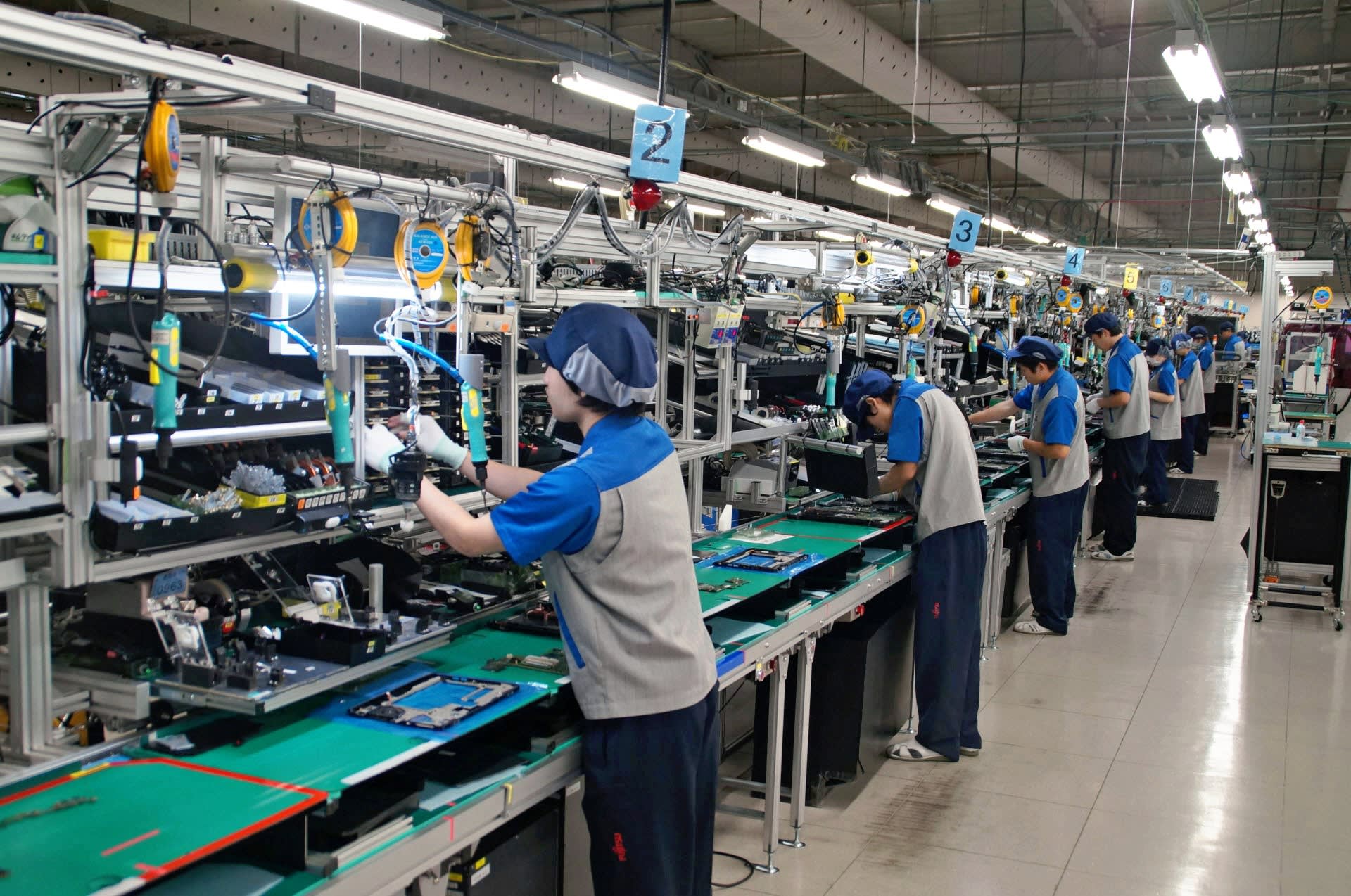 Japanese manufacturers’ confidence dropped this month, following a seven-month high in August. The survey shows the possibility of worsening trade war between China and the US that puts exporters hesitant. The monthly survey of BOJ Tankan also indicates bouncing up in September from a two-year low in August driven by retail spending from summer bonuses and high heat. Unlike three months earlier, m manufacturers’ sentiment remained unchanged and the service-sector sentiment to slightly behind, signifying the BOJ Tankan on 1st of October to be positively holding steadily the business confidence. The government also shows the economy to be growing at the fastest pace since 2016, overshadowing capital expenditures of the economy amid the trade tensions and natural disasters, based on the reports by Tankan on Monday. Although, the business morale is anticipated to recover in the next three months but not the service-sector which is slightly declining. Reuters survey also shows exporters of cars and metal products or machinery raised concerns on the effect of the trade war tensions as they react on putting tariffs, influencing shipments and capital expenditure. Manufacturers’ index remained the same with the figures three months ago but this is expected to recover in December. Meanwhile, the service sector index grew to 33 from 25 last month, driven by retailers. In comparison, it dropped by 2 points from June data of 35 points. This is once again presumed to go down in December. Figures slid down for the second consecutive quarter primarily due to higher costs as an after-effect of US trade protectionism that affect negatively Japan, being an export-reliant nation. On the other hand, the revised government data showed a boost in capital spending, resulting in a growth of 3.0 percent annually in the second quarter. This has exceeded economists’ forecast of 2.6 percent gain and the fastest growth so far since the first three months of 2016.
|
|